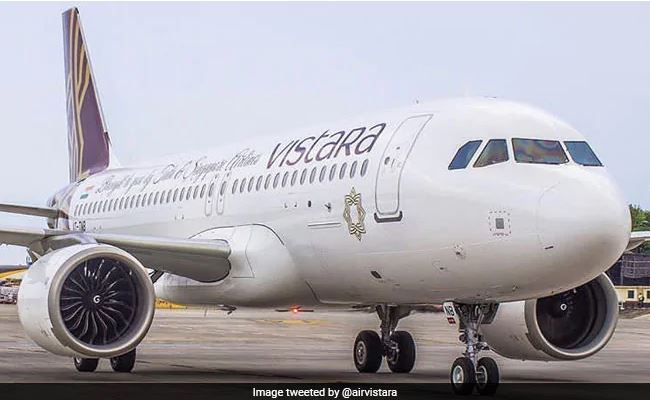Expanding aggressively its operations, Vistara is expected to almost double its fleet size by the end of the current fiscal ending March 31, 2020.
Tata-Singapore Airlines (SIA) joint venture carrier Vistara will induct two Boeing 787-9 Dreamliner and one A321neo this fiscal to launch medium and long-haul international flights.
Seeking to scale up its overseas flights, the airline has already entered into strategic codeshare partnerships with global carriers like United Airlines and Japan Airlines.
Vistara CEO Leslie Thng told IANS that the airline has widened the scope of existing agreement with Singapore Airlines and SilkAir to provide an extended international network to its customers.
Expanding aggressively its operations, the airline is expected to almost double its fleet size by the end of the current fiscal ending March 31, 2020. Its fast expansion has allowed the full-service carrier to increase its weekly flight count to 1,400, up 70 per cent compared to 800 flights a week in March this year.
“Our fleet has increased by over 50 per cent so far and the size will have almost doubled by the end of this financial year. All of it reflects our commitment to growing Vistara in scale and size, which is our top priority,” Mr Thng said.
The airline has so far received three of the 50 Airbus A320neo family aircraft it ordered last year.
“In the last seven months, we have added 13 aircraft to our fleet, including 9 Boeing 737-800NG and four A320neo. We have already received three of the 50 aircraft from the Airbus A320neo family that we had ordered last year, and six more A320neo are expected in the next two months,” Mr Thng said.
While he remains bullish on Indian aviation, Thng expressed concern over airport infrastructure constraints.
“Infrastructural challenges such as runway shortage, slot constraints, capacity constraints, etc. need a great deal of attention. It is, perhaps, the biggest issue that impedes the growth of the Indian aviation ecosystem today,” he said.
Vistara Chief wants the government to bring jet fuel under the GST regime as it will provide a level playing field for the industry that anyway has some of the highest input costs.


